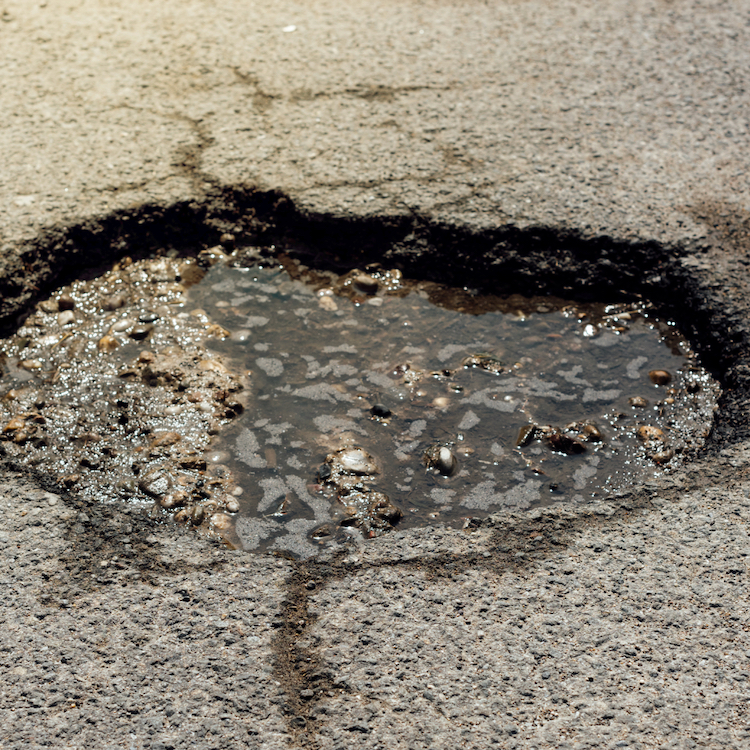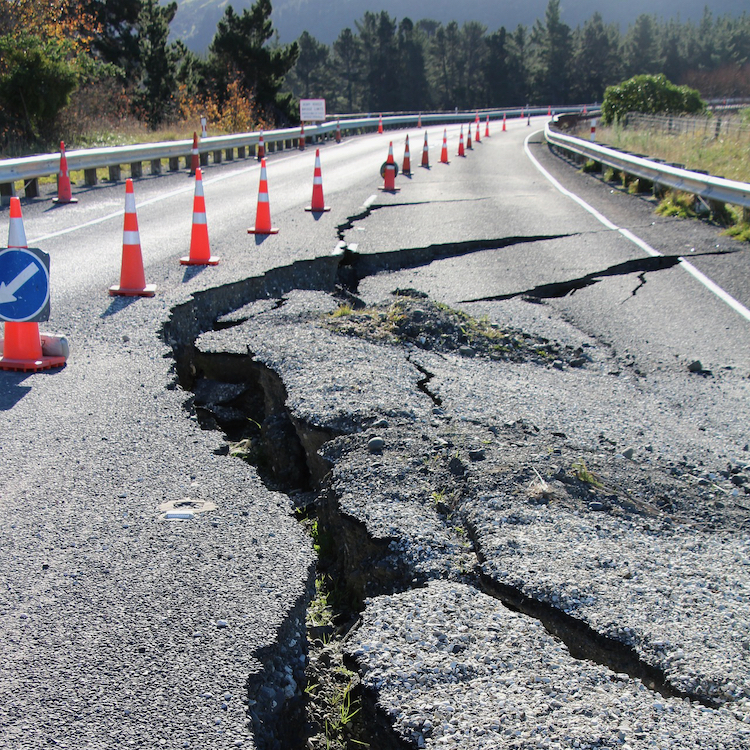
Money Matters: chef Sid Sahrawat
Chef and restaurateur Sid Sahrawat shares financial tips that he’s learnt from his years in the hospitality industry.

What issues will the Government be focusing on after the upcoming election? Where will the funding go as whoever is in charge tries to make the country a better place?
The AA has developed eight election calls, developed through analysis and research on transport issues, surveys of AA Members and perspectives from our 18 district councils of AA Member volunteers around the country.
Addressing these will, the Association believes, make a real difference by bringing efficiency, resilience and choice to the way we get around. They are affordable and achievable transport solutions which will make for safer, smoother and faster travel.
The issues requiring most urgent attention are, in the AA’s reckoning, maintenance, resilience and tackling the issue of drivers under the influence.

The AA call: Increase road maintenance by at least $1.2 billion over the next three years, focused on foundation and resurfacing work.
Potholes and rough roads have been hitting the headlines as dissatisfaction with the quality of road surfaces grows. Road quality consistently features as participants’ biggest concern in AA Member surveys.
While recent funding increases for maintenance have been welcome, the actual works have been well behind target for decades. Meanwhile, the number of vehicle kilometres travelled has increased almost 16% in the last ten years and, at the same time, the cost of maintenance work has gone up by around 30%. In short, traffic and costs have increased so we need maintenance funding to go up as well.
Funding uncertainty has also led to less confidence among roading contractors for investing in equipment and staff. Without a sustained commitment to properly maintaining roads, sufficient industry capacity to deliver the work will remain a problem.
The quality of a road’s surface has a real impact on safety. Even the best drivers risk losing control if the surface doesn’t provide good grip. And putting off maintenance can mean more potholes and greater long-term repair costs down the track.

The AA call: Improving the resilience of our road network needs to become an urgent ongoing priority. This means having a clear and fully-funded plan for improving the resilience of major roads most at risk or where the consequences of a road being impassable are most significant. It also means carefully considering opportunities to improve resilience when planning road construction, renewals and maintenance work.
In recent years roads in some parts of the country have been repaired only to fail again when the next flood comes along. It has become obvious that simply putting back what was there before is not longer the answer. Many of our most important roads are ill-equipped to cope with weather events or rising sea levels.
Restoring decent road connections to the regions and communities that were devastated by the recent weather events must be an immediate priority. But equally urgent is getting on with improving the resilience of our road network by identifying and protecting the highest risk highways for weather-related events and identifying solutions should they become impassable.

The AA call: Saliva-based roadside drug testing devices need to be introduced as soon as possible by Police, and alcohol testing numbers need to return to their previous high levels. Authorities need to monitor and follow up those who do not install an interlock so that all drivers sentenced to them actually have a device in their vehicle.
377 people died on New Zealand’s roads last year; drugs and alcohol played a part in just over half (192) of those fatalities.
In March this year, the Government and its policymakers scored an embarrassing own goal when they failed to introduce roadside oral drug tests under the Land Transport (Drug Driving) Amendment Act when no test could be found that met the act’s strict margin of error guidelines. This despite oral tests being in use in many other countries. It is still unclear when quick saliva-based roadside drug tests will be introduced, but they are needed now.
Meanwhile, figures from the Ministry of Transport showed that New Zealand hit a ten-year high in 2022 for drink driving deaths, recording 111 fatalities from crashes involving a driver who was over the limit or refused to be tested. In 2013, 53 people died in similar circumstances. The number of alcohol tests being conducted have been well below the target of three million tests in recent years.
When fitted with an interlock device (most easily described as an in-car breathalyser) a vehicle will not start if alcohol is detected. They are an incredibly effective way of stopping drink drivers. The imposition of interlocks on drink drivers has been available to New Zealand courts since 2018, but AA analysis shows a large proportion of those who should get one imposed are either not given a sentence mandating one be installed in their vehicle, or they are simply disobeying the sentence. In the case of the latter, authorities need to follow up to ensure compliance.
Large-scale testing of drivers for alcohol or drugs is critical in catching and deterring people from getting behind the wheel when they are impaired.
Story by Matthew Tso for the Spring 2023 issue of AA Directions Magazine. Matthew Tso is the Communications Advisor for the AA's Motoring Policy division.
What do you think about these election calls? Share your thoughts in a letter to the editor.